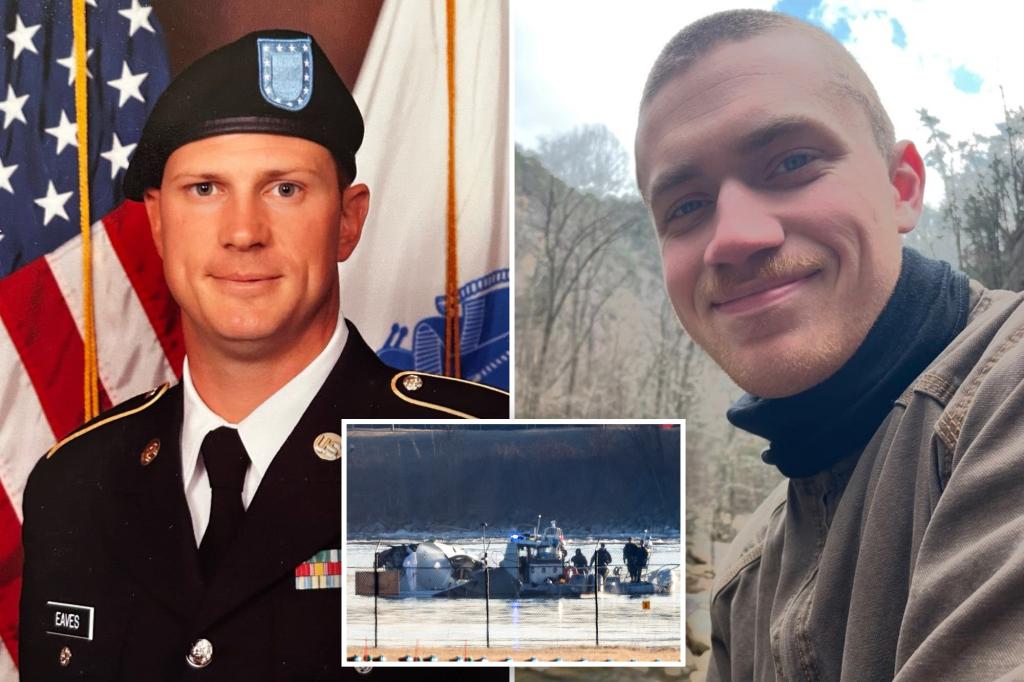The tragic mid-air collision between a UH-60 Black Hawk helicopter and an American Airlines flight over Washington, D.C. on Wednesday night has brought into sharp focus the delicate balance between national security preparedness and public safety. The helicopter, belonging to the 12th Aviation Battalion, was engaged in a routine training exercise designed to prepare for the evacuation of top U.S. officials in the event of a catastrophic event, such as a terrorist attack or nuclear strike. These continuity of government missions are shrouded in secrecy, reflecting the critical importance of ensuring the survival of the nation’s leadership in times of crisis. While Defense Secretary Pete Hegseth confirmed the nature of the training, he refrained from disclosing classified details, underscoring the sensitive nature of these operations.
The 12th Aviation Battalion plays a vital role in these high-stakes evacuation plans, tasked with transporting key government figures from the nation’s capital to secure locations in the event of a national emergency. Their training frequently involves navigating the complex airspace around Reagan National Airport, one of the busiest in the country, mirroring the real-world challenges they might face during an actual evacuation. This necessity to practice under realistic conditions, however, raises questions about the potential risks involved in conducting such exercises in close proximity to civilian air traffic.
The circumstances surrounding the collision have sparked scrutiny of the Army’s training protocols, particularly the decision to conduct night flights near a major airport and the helicopter’s lack of certain advanced safety technologies. The Black Hawk involved in the incident was not equipped with ADS-B Out, a system that automatically transmits the aircraft’s position to air traffic control, potentially preventing the collision. While officials have defended the training procedures, citing the need to replicate real-world scenarios, the accident highlights the inherent dangers of operating military aircraft in congested airspace.
The collision claimed the lives of all three crew members aboard the Black Hawk: Staff Sgt. Ryan Austin O’Hara, Chief Warrant Officer 2 Andrew Loyd Eaves, and an unidentified female pilot. The tragedy also resulted in the deaths of all 64 passengers on the American Airlines flight, turning a routine training exercise into a national tragedy. The incident serves as a stark reminder of the inherent risks associated with military operations, even those conducted during peacetime, and the difficult choices involved in balancing national security needs with public safety.
The continuity of government plans, for which the helicopter crew was training, are designed to ensure the survival and functionality of the U.S. government in the face of extreme threats. These plans involve designated secure locations, such as the Raven Rock Mountain Complex, also known as “Site R,” located near Camp David. This facility, along with two others, serves as a backup headquarters for government operations, particularly for Pentagon leadership, in times of national emergency. The last known activation of these continuity of operations plans occurred during the September 11th attacks, highlighting the gravity of the situations these preparations address.
The tragic collision over Washington, D.C. underscores the complexities and inherent risks of ensuring national security preparedness. While the training exercises conducted by the 12th Aviation Battalion are essential for safeguarding the continuity of government in times of crisis, the accident raises critical questions about the safety protocols in place and the balance between national security needs and the safety of civilian air traffic. The loss of life, both military and civilian, serves as a somber reminder of the potential consequences of even routine military operations and the ongoing challenge of mitigating risks in a complex and dynamic airspace. The investigation into the collision will undoubtedly shed further light on the contributing factors and potentially lead to revised safety procedures for military training exercises in the future.

